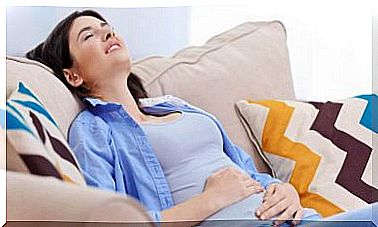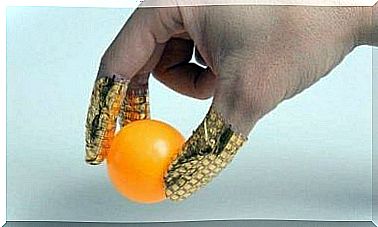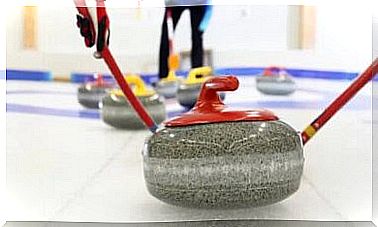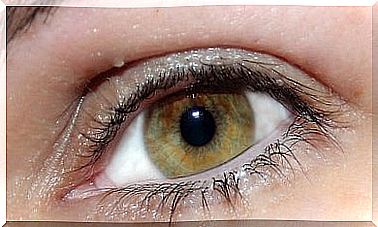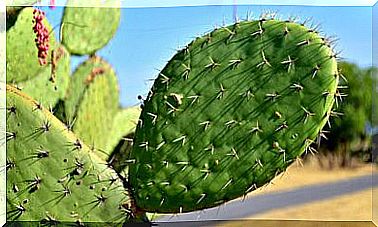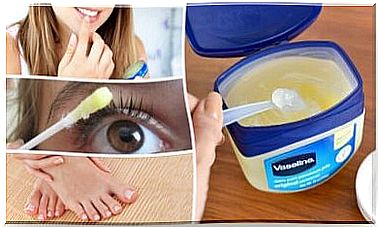Scoliosis In Children: What To Do?
Scoliosis is rare in childhood, but it is still an anomaly that we should pay attention to. How can you recognize this lateral curvature of the spine and what can you do? In today’s article, we address these questions.
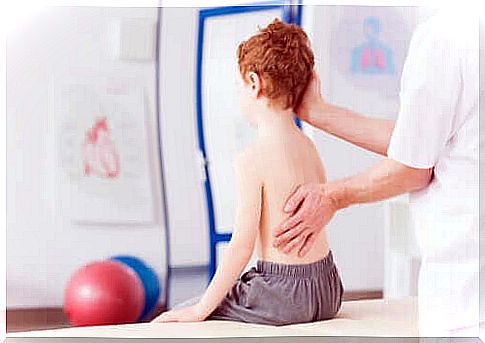
While scoliosis is rare in children, it is a problem that needs attention and treatment right from the start. We are talking about a lateral curvature of the spine, which can take on different dimensions.
Generally, this curvature worsens as you grow. However, children and adolescents usually tolerate this problem very well, which is why it is often not recognized at an early stage. However, if scoliosis worsens, treatment is more complex.
Idiopathic scoliosis is most common in children. The spine bends sideways and the vertebral bodies rotate. Around 4 out of 1,000 people suffer from it. About 1 percent of these cases are serious and require long-term treatment. Affected children must have an orthopedic examination at least once a year. This is especially important during puberty.
Interesting Facts About Childhood Scoliosis
The lateral curvature of the spine and the twisting of the vertebral bodies can be different. In some cases it is C-shaped, in others it is S-shaped. This can cause pain and difficulty breathing.
- Scoliosis in Young Children : In children under the age of three, it may be a congenital deformation. However, there could also be other causes. In other cases, the exact triggers are unknown.
- Scoliosis in children: Scoliosis can also develop between the ages of 3 and 10 years, but this is very rare.
- Idiopathic scoliosis in adolescents: This is the most common form in children over 10 years of age. The exact causes are unknown.
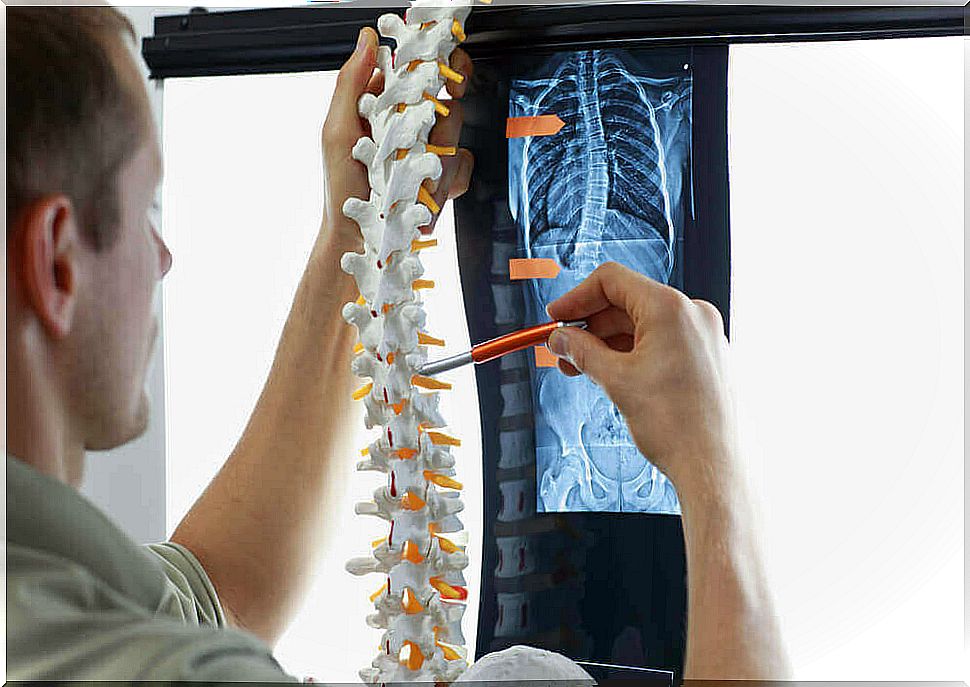
Causes and Risk Factors
In most cases, the exact causes of childhood scoliosis are unknown. However, we know that girls are more likely to be affected than boys. Depending on the cause, this spinal curvature can be classified as follows:
- Congenital scoliosis: it develops during pregnancy and is associated with abnormalities. For example, the affected child may be missing a vertebral body. It may also be deformed or the spine may be poorly developed.
- Idiopathic spinal curvature: In these cases, the exact triggers are not known.
- Neuromuscular deformation of the spine: As a result of a neurological disease, such as muscular dystrophy, cerebral palsy, spina bifida, bone marrow tumor, neurofibromatosis or paralysis, the spine can be deformed.
- Others: In a few cases, scoliosis in children is caused by an infection, injury, cancer, legs of different lengths or genetic diseases.
Scoliosis in Children: Symptoms and Diagnosis
Each child can experiment with different symptoms. In many cases, however, the following symptoms appear:
- The head is not centered in relation to the rest of the body.
- The arms are unequal when the child is standing.
- One shoulder or one hip is slightly higher than the other.
- When the child bends forward, one area of the back is slightly higher than the other.
In most cases , scoliosis does not cause pain or discomfort. The diagnosis is made through clinical observation and is confirmed with magnetic resonance or computed tomography.
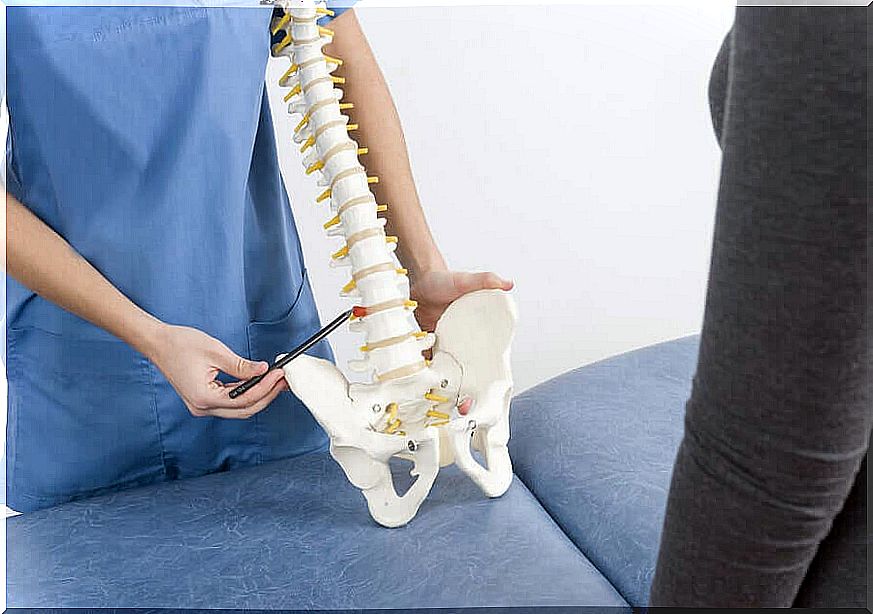
treatment
Treatment for curvature of the spine depends, among other things, on the age of the child. Factors such as the growth phase, the cause of the problem, the degree of curvature and the general health of the child are taken into account. In addition, the doctor will also evaluate the tolerance of drugs and therapies that are available.
If the deformity of the spine occurs shortly before adolescence, the doctor will usually monitor the condition to be able to prevent it from getting worse. However, if the curvature is severe, a corset may be necessary. This can prevent the deformation from worsening.
In severe cases, surgical intervention may also be needed to correct the deformation. If severe cases are left untreated, lung capacity is reduced and lung diseases can develop. It is therefore important to pay proper attention to the curvature of the spine and to treat it.
